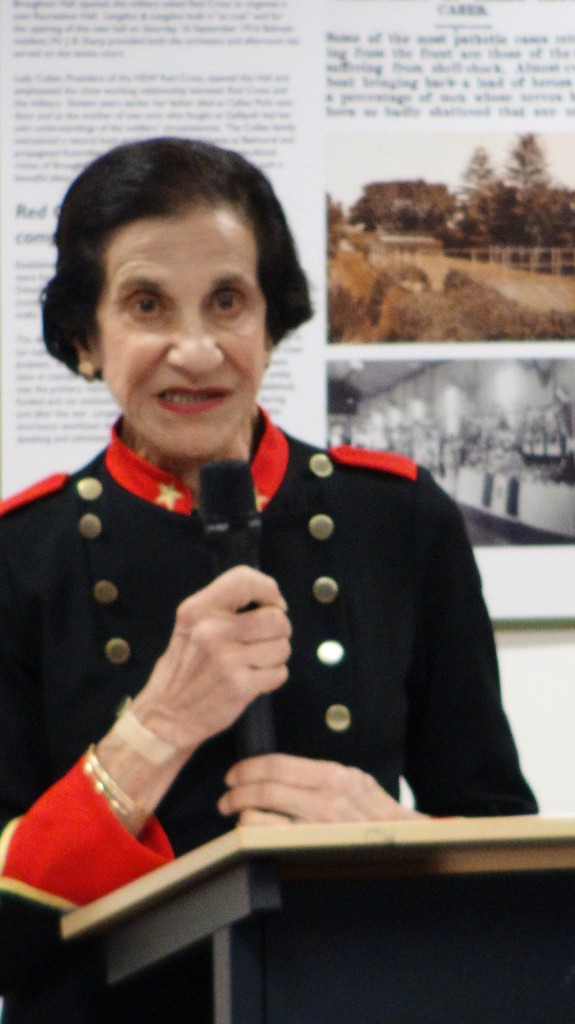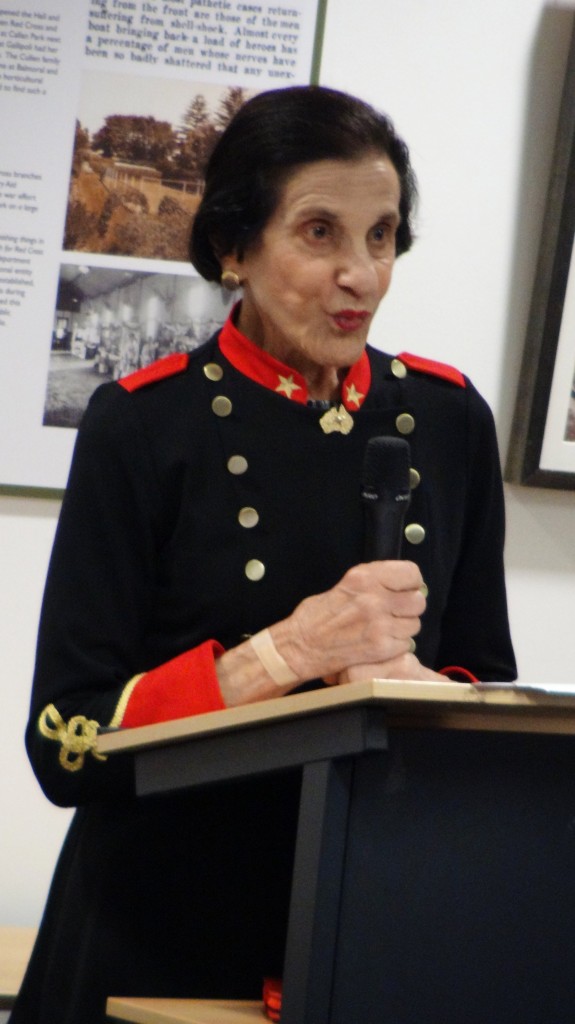A marvelous night had by all thank you to all those that turned up and enjoyed The Honorable Professor Dame Marie Bashir opening of the two History Week exhibitions for 2015 War Nationalism and Identity.
Professor Marie spoke of the importance of Broughton Hall and her time working there with the mentally unwell and their return to good health.
Broughton Hall and the Great War focuses on the buildings historical chapter when it went from being the family home of the Keep family to a convalescent home for Shell Shocked Returned soldiers form WW1. Broughton Hall was the soup kitchen and milk dispensary for the poor of the district.
Broughton Hall was one of twenty-five convalescent homes established throughout NSW by the Australian Red Cross (including Graythwaite, North Sydney, and Rose Hall in Darlinghurst).
From 1915 Broughton Hall became No.13 Australian Auxiliary Hospital, a military psychiatric unit delivering treatment to returned soldiers suffering shell shock and other nervous disorders.
The exhibition focuses on the role of the Red cross and the women who raised significant amounts of money and local support for Broughton Hall.
 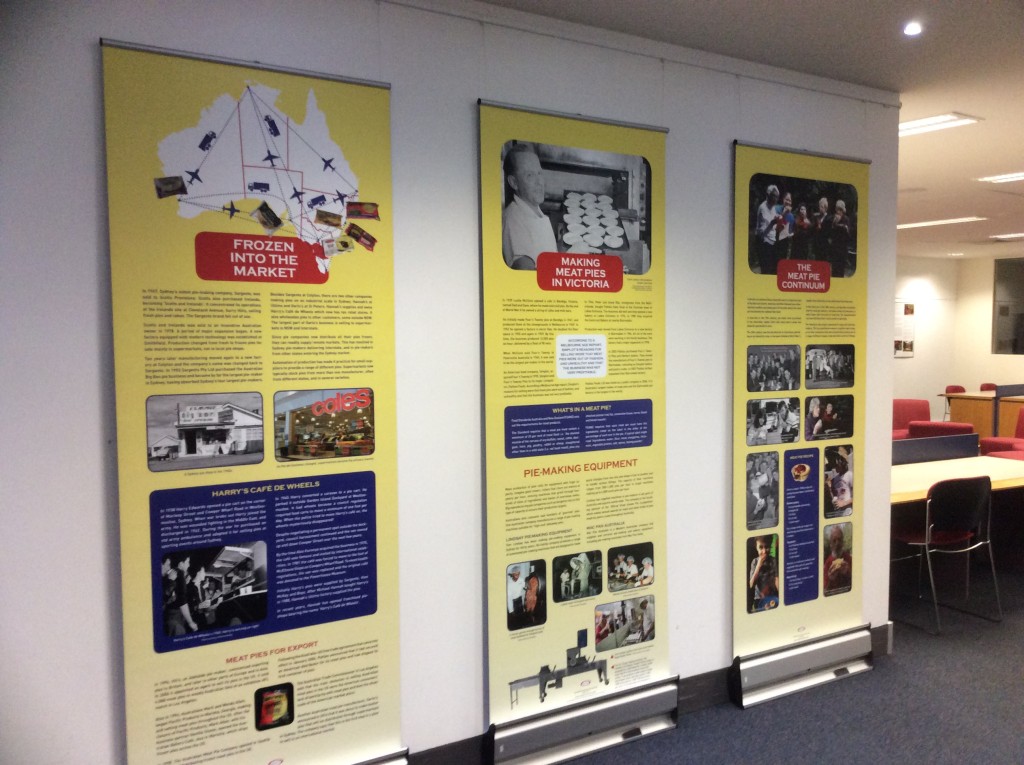 |
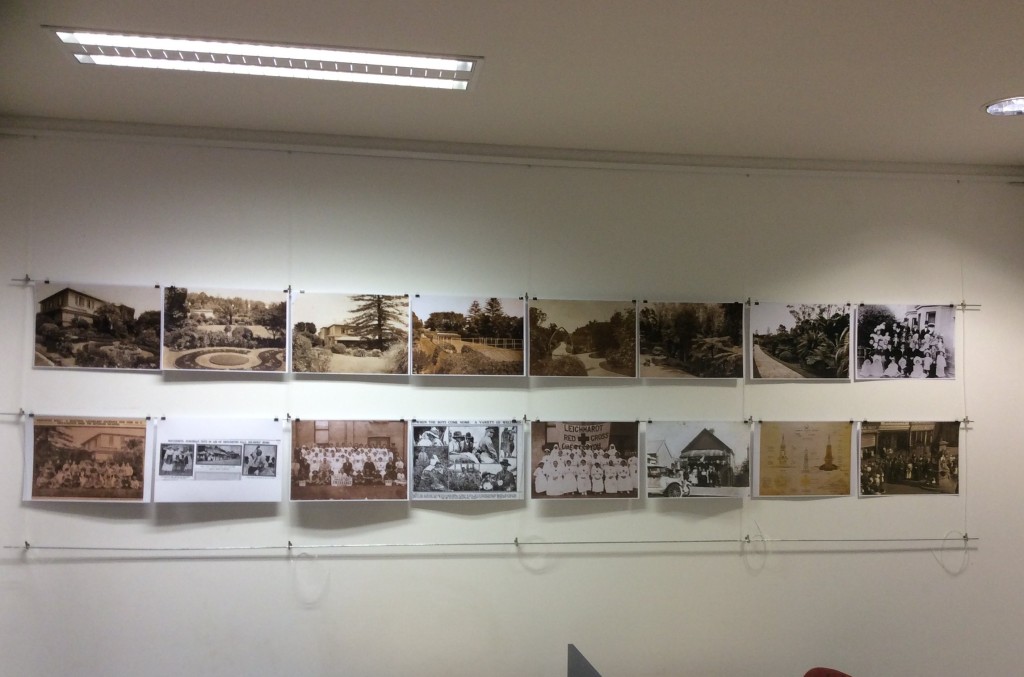 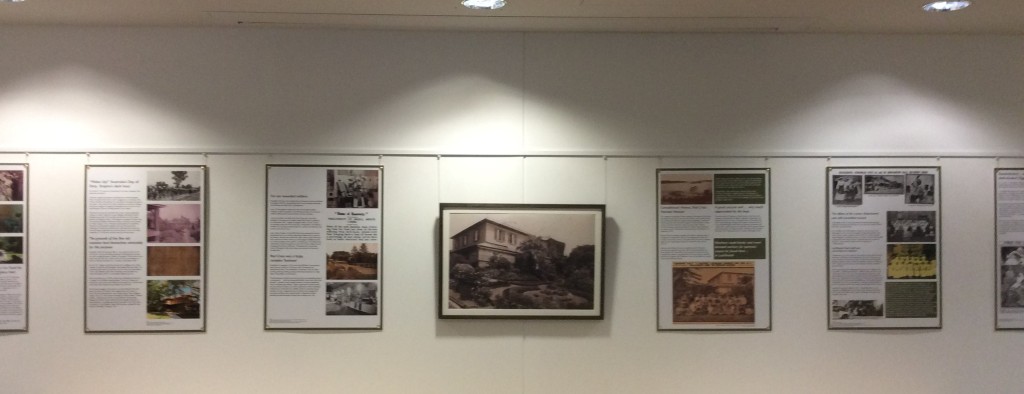 |
|

